We caught up with the brilliant and insightful Rachel Austen a few weeks ago and have shared our conversation below.
Rachel, looking forward to hearing all of your stories today. Almost every entrepreneur we know has considered donating a portion of their sales to an organization or cause – how did you make the decision of whether to donate? We’d love to hear the backstory if you’re open to sharing the details.
When I founded the business, I knew I wanted it to have a charitable component as soon as it became profitable because it’s something I’ve always admired in other socially conscious companies. Since 2020, we have donated 5% of net profit back to social-and-eco-causes. I think our customers appreciate that commitment to our community and that Elle Crée is about something bigger than just selling paint kits. It reinforces brand loyalty, so it’s a win-win.


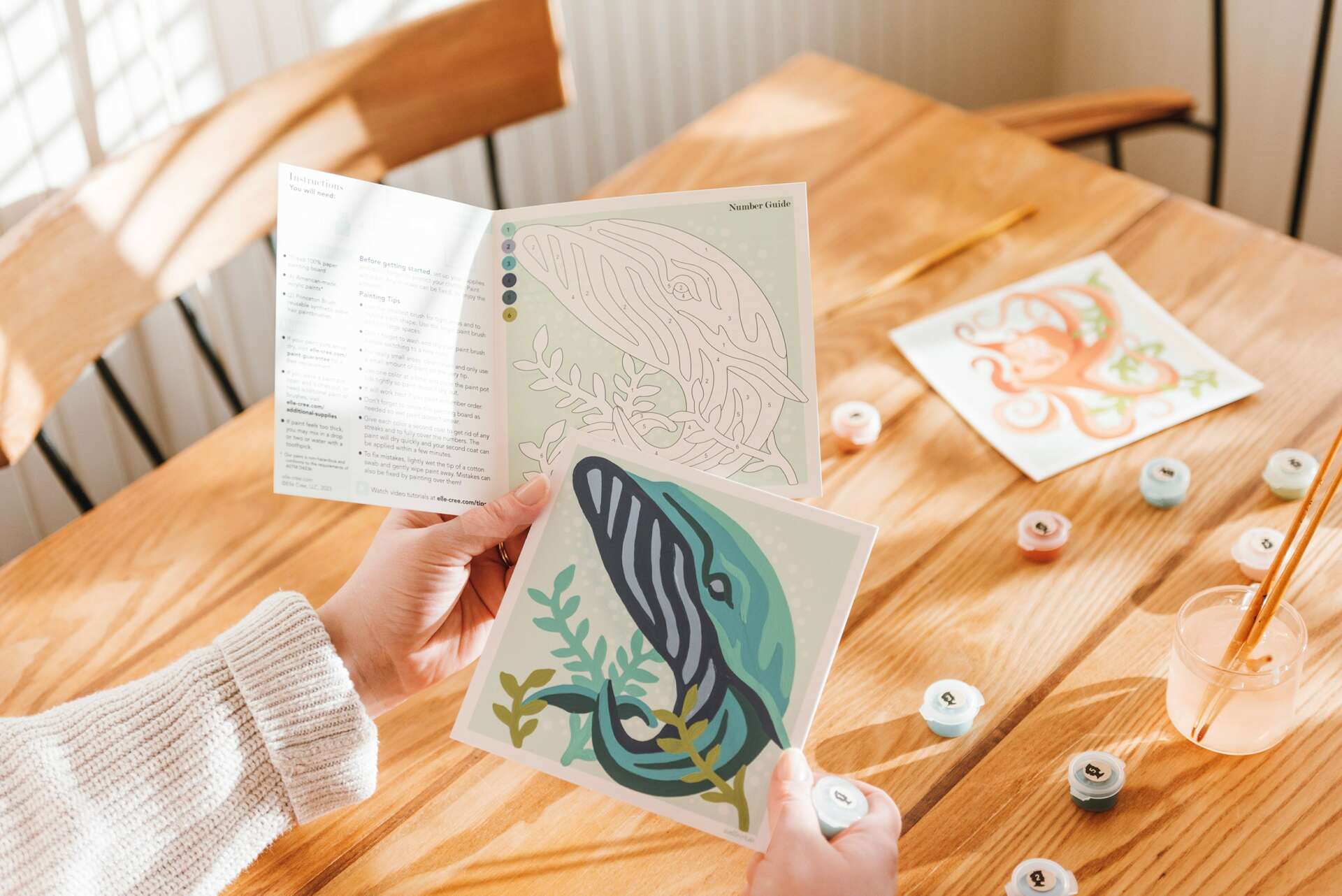
Awesome – so before we get into the rest of our questions, can you briefly introduce yourself to our readers.
I grew up in a rural community and went to a small private school without an art program, but my parents encouraged my creativity at home. I didn’t think I wanted to have a career as an artist, so although I took a few art classes in college, I graduated as a business major. I started my career working in nonprofits for both social services and arts organizations. Initially I worked as an executive assistant and then when an opportunity arose, I transitioned into graphic design without any real training. I was artistic and had a good eye, so the biggest hurdle was teaching myself how to use the Adobe Creative Suite. I worked for about 12 years as an in-house graphic designer and then transitioned to freelance work for several years after that. My interest in selling my own handicrafts started early. I had my first business when I was 13, selling handmade jewelry at craft bazaars and in consignment shops. I joined Etsy in my mid-20s selling accessories I’d sewn from fabric scraps and vintage costume jewelry. So, when I decided to quit freelance graphic design work in my early 40s and start a product-based business, it felt like coming back to my roots as a maker. I knew I wanted to do more illustration work and thought there had to be a way to parlay those illustrations into some kind of product line beyond just cards and prints. The paint-by-number idea came about as I was exploring what I wanted my illustration aesthetic to be and realized I had always loved the stylized artwork of the mid-century kits. So, I decided that would be one of the product ideas to explore as part of this new venture. It just happens to be the one that took off and proved to be the most scalable. And the best thing about it is that it allows our customers to explore their own creativity.
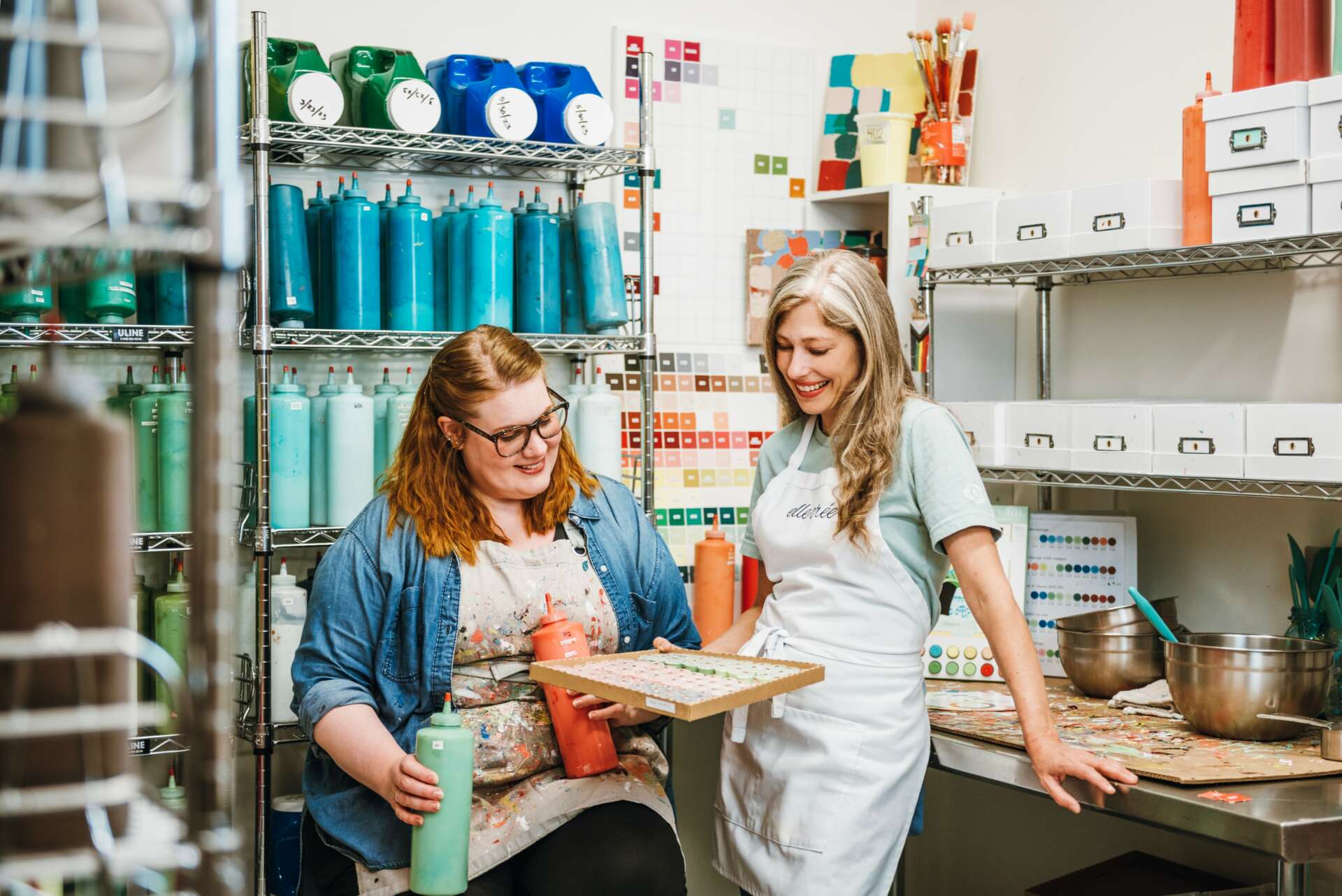
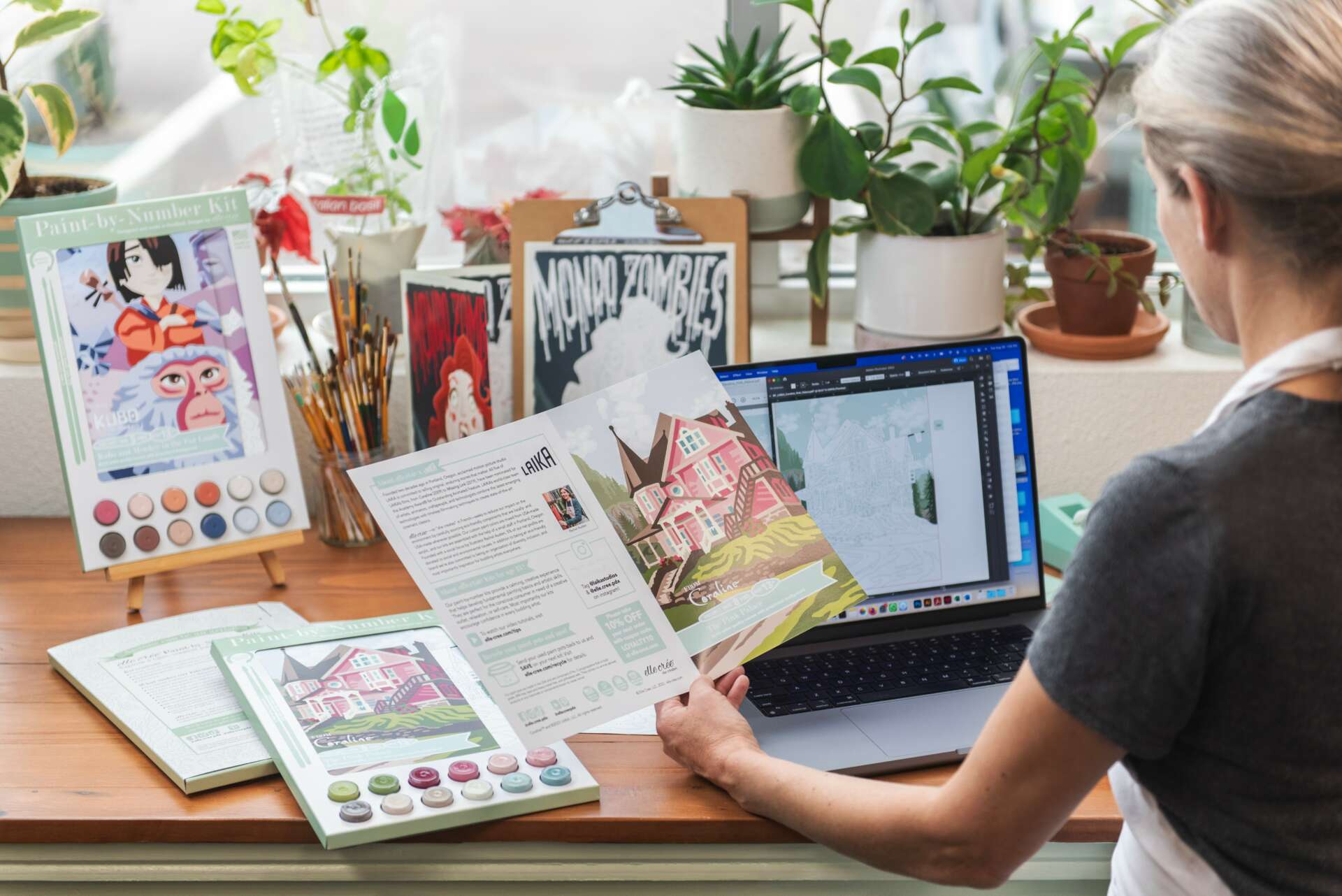
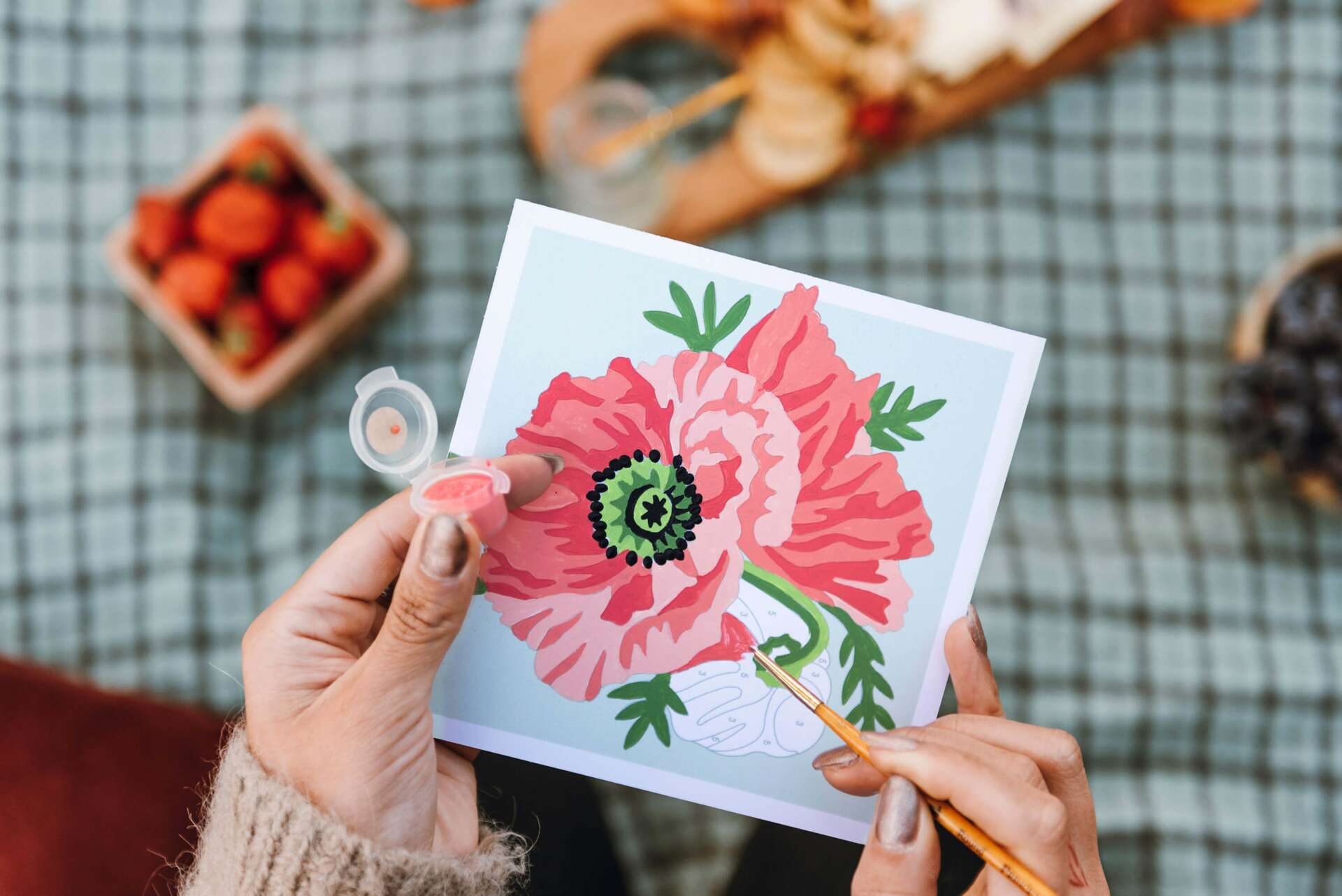
Let’s talk about resilience next – do you have a story you can share with us?
One of the most challenging times in the growth of the business was in 2020 during the pandemic when I only had two staff members and we were still working from my home studio. Our orders had increased by 500% within a few weeks of the lockdown going into effect and I had to decide whether we would try to scale to meet demand or just limit incoming orders. We ended up doing a little of both while I looked for commercial rental space so I could safely scale our staff to meet demand. We continued to fulfill every retail order that came in, which necessitated late nights working in my basement by myself. I did have to pause our wholesale orders for about 6 weeks to catch up. Thankfully our wholesale customers came back in droves once we were able to resume order fulfillment.
I had all kinds of first time challenges during that period, including moving the business twice in two months when an initial lease fell through, tripling the size of our staff, and struggling through supply chain issues for our kit components. Our paints are mixed from primary colors and I had formulated them using one specific brand. At one point, I learned the paint we normally source wasn’t going to be available for a couple months because the manufacturer’s plant had temporarily closed and they’d gotten behind on order fulfillment. I ended up driving around to local craft stores to find substitute paint from different brands and had to completely reinvent our color formulas for our custom palette of over 100 colors. By that point–a few months into the pandemic–my problem solving skills had been tested over and over and I was just determined to figure out how to make it work, but it wasn’t without some major frustration. I would let myself feel the frustration, but wouldn’t let myself dwell there for very long.
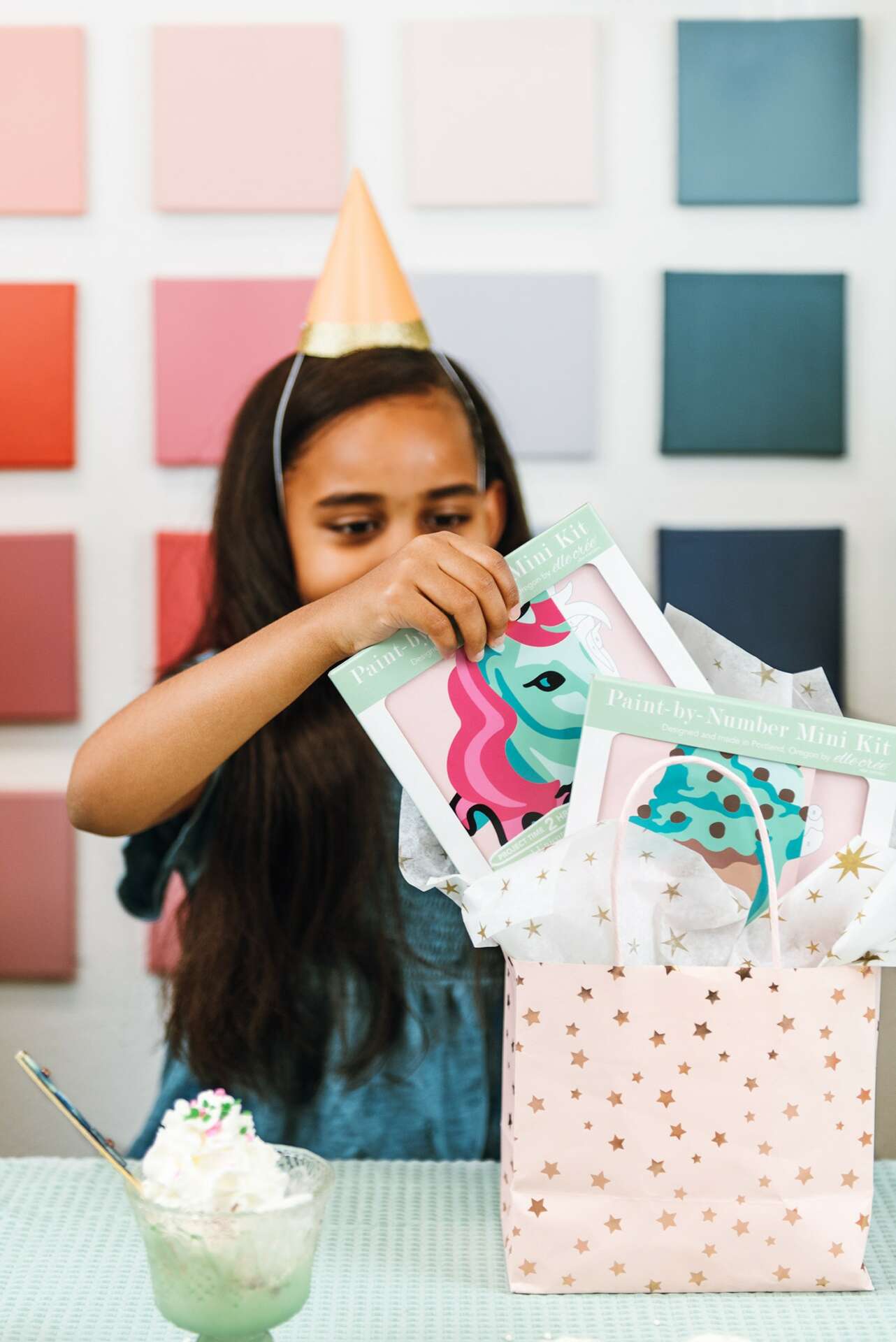
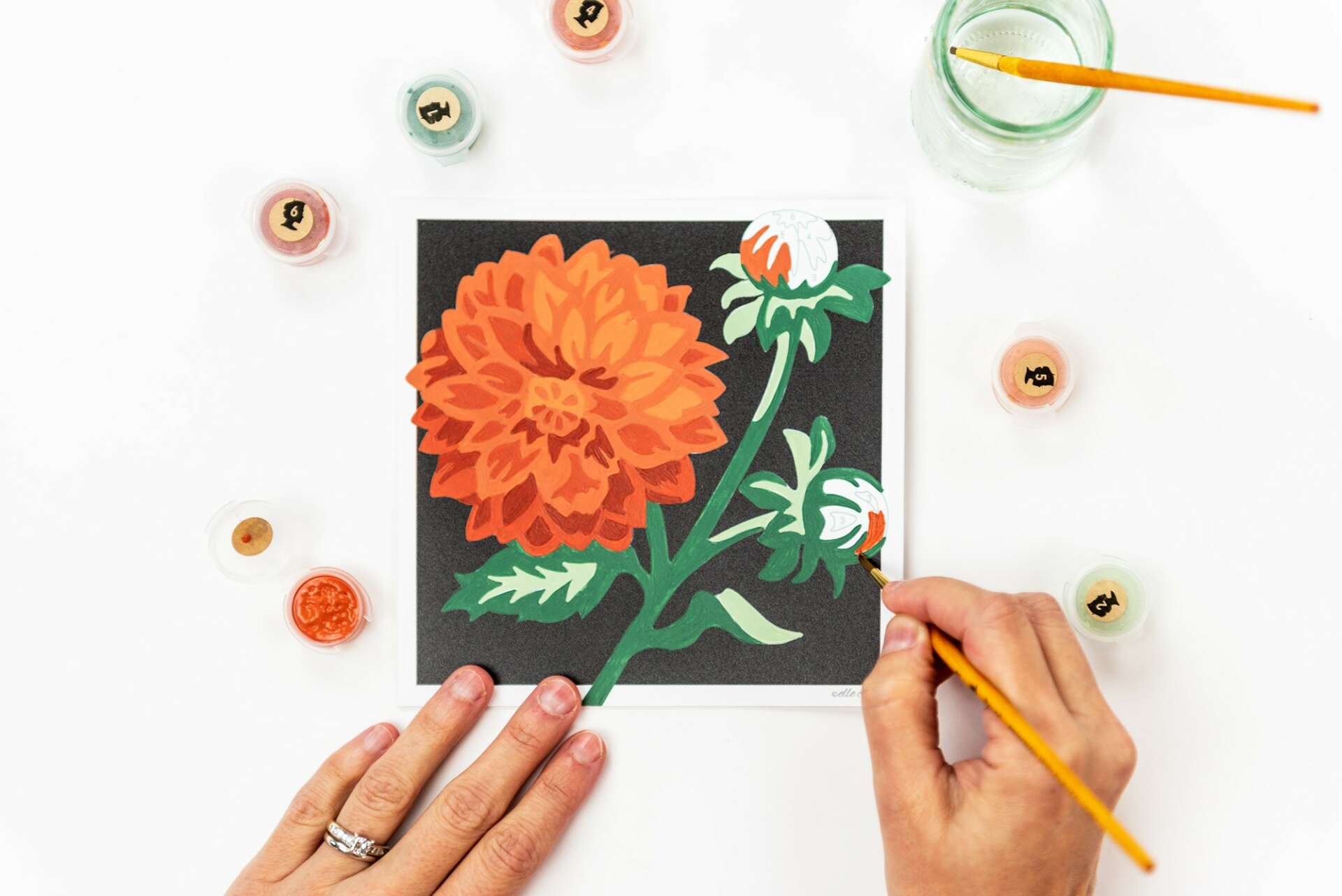

Any advice for growing your clientele? What’s been most effective for you?
We are fortunate to have a loyal customer base that’s invested in our product and our brand mission. We communicate with our customers routinely about that central mission–our desire to make the creative experience more accessible to those who don’t consider themselves artists. We also emphasize our careful choices when selecting product components that are eco-friendly and produced close to home. And customers feel good about our pledge to donate 5% of net profit back to social-and-eco-causes. Putting brand mission front and center in everything we do has helped us develop relationships with our customers and made the company feel personable and purpose-driven. It’s about something bigger than just selling painting kits, and I think that has helped with brand loyalty. We also really work hard at our customer service. We acknowledge mistakes when we make them–we’re humans after all–and then we make it right!
Contact Info:
- Website: elle-cree.com
- Instagram: @elle.cree.pdx
- Facebook: https://www.facebook.com/elle.cree.pdx/
- Linkedin: https://www.linkedin.com/company/elle-cree/
- Youtube: youtube.com/@ellecreepdx
Image Credits
Photos by Sarah Slusarick


